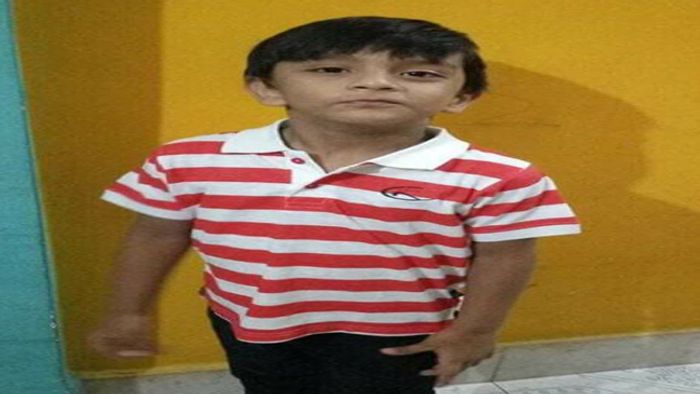Hailakandi Administration Resolves to Root out Evil of 'Child Marriage'

- Sep 21, 2019,
- Updated Sep 21, 2019, 1:43 AM IST
Hailakandi, September 20, 2019:
A district level stakeholders meeting was held in Assam's Hailakandi district on Thursday to formulate a Strategic Action Plan (SAP) in order to enhance adolescent empowerment and prevent the archaic practice of child marriage.
Organised jointly by Social Welfare department and Hailakandi district administration, the meeting discussed issues in enhancing adolescent empowerment and preventing and mitigating child marriage.
It was supported by MAMTA Health Institute for Mother and Child and UNICEF at the Circuit House.
Also Read: Hailakandi District Administration to Initiate Action against Looming Water Scarcity
It was noted that prioritising adolescent girls and establishing an end to early marriage would not only help redress injustices faced by scores of girls each year, it would also accelerate progress toward a range of critical issues such as universal education, sexual and reproductive health and rights, reduction of poverty and hunger, the eradication of gender-based violence, and greater gender equality.
It was also concluded that girls’ empowerment activities should also be accompanied by other activities that engage and mobilize gatekeepers, shift norms, alleviate economic drivers of child marriage and improve institutions, laws and policies.
Taking part in the discussion, District Development Commissioner, Madhumita Choudhury said child marriage in India is a matter of serious concern. "It denies a child the basic right to good health, nutrition and education", she added.
Also Read: Nagaland Govt Creates New Minority Affairs Cell
Choudhury further added that convergence between various departments, ministries and other stakeholders, and a coordinated inter-departmental action for effective implementation of the relevant schemes and programmes of the Central and State Governments on child marriage can bring about change.
While boys are also affected by child marriage, it impacts upon girls in far larger numbers and with more intensity, so much so that nearly half of women aged 18-29 (46 percent) and more than one-quarter of men aged 21-29 (27 percent) are estimated to have married before reaching the legal minimum age at marriage (NFHS III).
It is believed that the main reasons for these marriages are cultural factors, social practices and economic pressures interacting with poverty and inequality.
Legislation forbidding child marriage in pre-independent India was put in place in 1929. The Child Marriage Restraint Act, 1929 primarily focussed on restraining the solemnisation of child marriage.
In the current scenario, the Union Government has endeavoured to curb the practice in recent years through repealing the Child Marriage Restraint Act of 1929,and bringing in a more progressive Prohibition of Child Marriage Act, 2006 that includes punitive measures against those who perform, permit and promote child marriage.
Under this Act, child marriage is defined as the marriage of males below the age of 21 years, and females below 18 years.
Based on the deliberations, SAP will be finalised defining goals, objectives, and strategies besides delineating roles coupled with strategic interventions which will be implemented by various stakeholders using convergent and multi-dimensional approaches in empowering adolescents and bringing an end to child marriage, said an official privy to the development.
Support Inside Northeast (InsideNE), an independent media platform that focuses on Citizen-centric stories from Northeast India that are surprising, inspiring, cinematic and emotionally relevant.
Readers like you make Inside Northeast’s work possible.
To support our brand of fearless and investigative journalism, support us HERE.
Download:
The Inside Northeast app HERE for News, Views, and Reviews from Northeast India.
Do keep following us for news on-the-go. We deliver the Northeast.